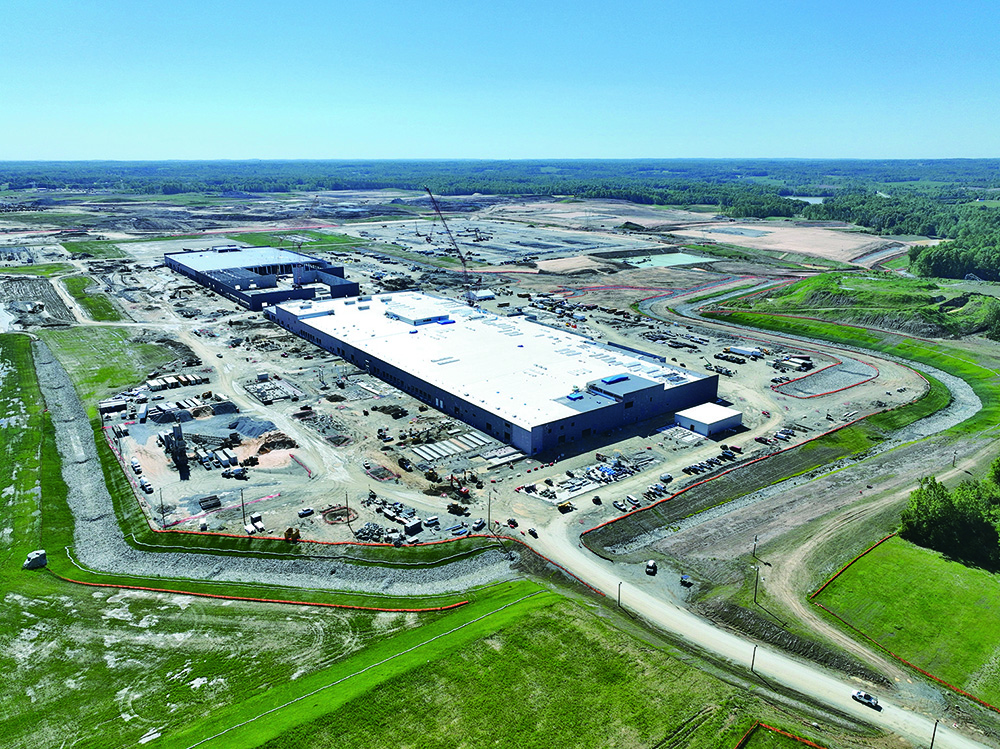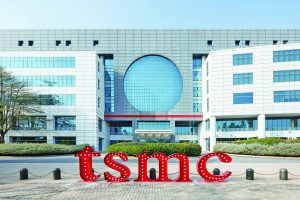
Statistic
Statistic
August 1, 2023


Staff Editor: Atsushi Kuwasaki
Machine tool orders in Japan peaked in March 2002 and have been declining ever since. Since the beginning of this year, orders have been below the previous year’s level for six consecutive months. This indicates that order momentum is slowing, and many industry insiders agree that the business environment is tough. However, not all industries are in recession, and there are still a number of growth industries, such as electric vehicle (EV) and semiconductor-related industries. For factory automation companies to achieve sustainable growth in an uncertain business environment, they must determine which markets and industries offer the best business opportunities.
“The business climate is tough.”
One of the most common questions journalists ask their subjects is, “What is the current business climate like?”. The above sentence is a typical response to this question from the interviewee these days. The degree of difficulty varies from company to company, but recently many industry insiders have been speaking in the same tone.
In Japan, the machine tool industry is showing signs of slowing down. According to the Japan Machine Tool Builders’ Association, the total amount of orders received in the first half of 2023 decreased 15.7% year-on-year (YoY) to 768.44 billion yen. Domestic demand decreased 19.9% YoY to 252.08 billion yen, while foreign demand decreased 13.5% YoY to 516.35 billion yen. On a single-month basis, domestic demand exceeded the 100 billion yen mark, which is considered the benchmark for a favorable or unfavorable business climate, but for the sixth consecutive month since the beginning of this year, domestic demand fell below the previous year’s level.
The chart below shows monthly new orders from January 2009, immediately following the Lehman Brothers global financial crisis, through June 2023. As shown by the red and blue arrows, orders since the financial crisis have gone through four cycles of ups and downs, averaging about 23.5 months for the four uptrends. The average for the last three downtrends, excluding the most recent one, was about 21.3 months. In other words, looking back at the order trend in the first half of 2014, we can analyze that it takes about two years to reach a peak from the bottom of the order trend, and about two years to reach the bottom again. Assuming that the latest peak was 166,263 million yen in March 2022 and the downward trend began from there, this year’s June will mark 15 months. If the conventional “two-year business cycle” is to be applied this time as well, there is a possibility that orders will continue to be sluggish for about nine months from July. 

The battery plant TOYOTA MOTOR is built in North America. EV-related demand is expected to grow in many markets, including North America (Photo courtesy of TOYOTA MOTOR).
Ongoing inflation and financial instability around the world, soaring raw material prices, severe labor shortages and geopolitical risks are just a few of the many causes for concern in the machine tool industry. Uncertainty about the global economy continues to grow, and manufacturers are increasingly taking a wait-and-see approach to capital investment.
However, not all industries are in recession, and there are still a number of industries that are doing well and where orders are expected to increase in the future. For example, the automotive industry, which is the machine tool industry’s largest customer base, is seeing a shift to electrically powered vehicles, and there is a growing need in Europe and the U.S. for machining parts related to EVs. In addition to EVs, there is also significant demand in the Chinese market for wind power generation and other energy industries. Even in the semiconductor-related industry, where there are signs of a lull in demand, Taiwan Semiconductor Manufacturing (TSMC) has established a new plant in Kumamoto Prefecture, and demand in the Japanese market is expected to grow in the future.

TSMC is building a semiconductor plant in Kikuyo-cho, Kumamoto Prefecture (Photo: Exterior view of the main plant). Demand for semiconductor-related industries is expected to grow in the Japanese market (Photo courtesy of TSMC).
In order for FA companies to achieve sustainable growth even in an uncertain business environment, they must identify areas where such business opportunities can be expected and take appropriate approaches to these areas. Of course, it is necessary to know in which markets and in which industries there are potential business opportunities.
SEISANZAI Japan identifies the current status and future potential of each of the world’s markets using statistical data and other sources. Based on statistical data, we analyze market trends in the five major markets of Japan, China, Southeast Asia, the Americas, and Europe. We hope that this report will be a useful guide for your future business strategies.